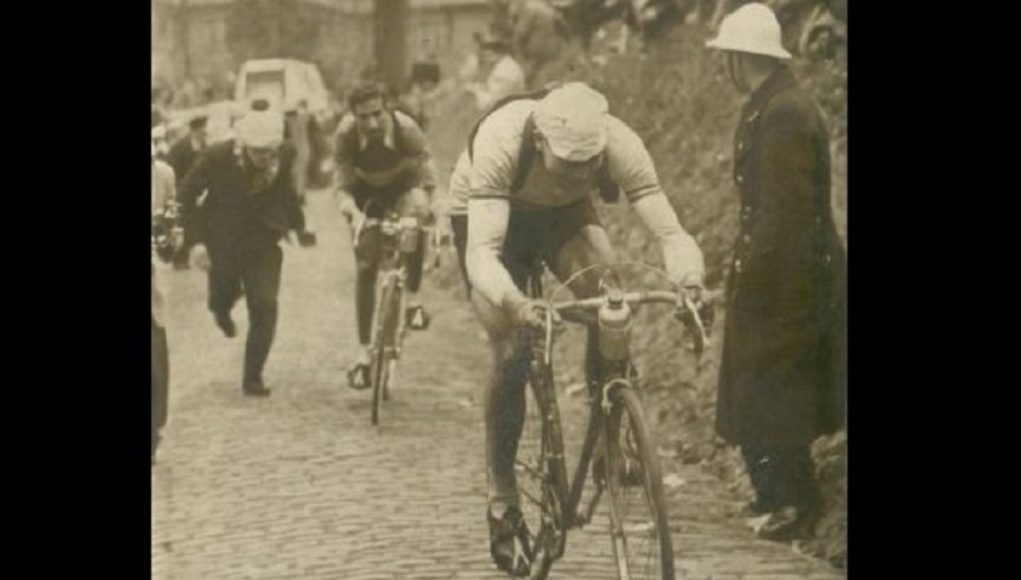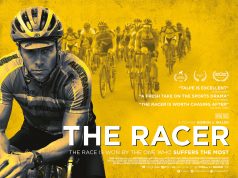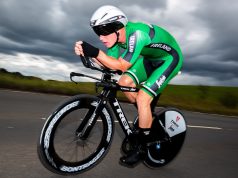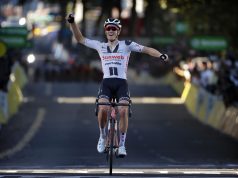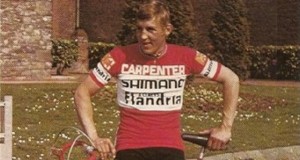In 2009, the opening race of the Belgian cycling season, Omloop Het Volk, changed its name to Omloop Het Nieuwsblad following the merger of the newspapers Het Volk and Het Nieuwsblad, but the race wasn’t originally called Het Volk.
It was first organised in 1945, when it was named Omloop van Vlaanderen (Circuit of Flanders) by journalist Jerome Stevens of Het Volk, who wanted to run a race which would rival the Tour of Flanders and by running it earlier in the season, he felt he would gain a jump in publicity over the existing race.
However, the first edition was run against the backdrop of the invasion of Europe following D-Day the previous summer.
The liberation of Belgium had started in September 1944 and despite the launch of the Ardennes Offensive by the Germans two months later, the country was finally liberated on February 4 1945 when the country was completely free of German troops.
That was just a month before the new race was due to take place. Despite having been liberated, the country was still a vital strategic area for the Allied troops as they continued to push eastwards.
Omloop van Vlaanderen was scheduled to take place on March 25, but Stevens was still not sure if the race would take place. He needed to get the go-ahead from the British Army and the Belgian authorities to run the race over roads which were also being used by Allied troops.
With just a few hours before the start, the British Army gave Stevens permission to run the race. However, he was told that there were strict conditions he had to comply with.
The riders would have to stick to the right of the road to allow military traffic to still pass, and the race was even neutralised along certain sections of the course.
83 riders lined up for the very first edition of the race and amongst those starting was a 20 year-old rider taking part in his first ever professional race. Jean Bogaerts had spent the war years training on a woman’s bike and had taken part in his first ever race just a year previously.
He was amongst a group of just thirteen riders who made it to the finish in Ghent together. Bogaerts had a great sprint, and he took the victory at the Kuipke. The race had captured the imagination of the Belgian public and would go on to become one of the most eagerly anticipated races of the calendar.
Bogaerts would go on to have a long career and would take victory in the Omloop again in 1951. The race would be forced to change its name to Omloop Het Volk under pressure from the Tour of Flanders organiser Karel Van Wijnendaele, who felt Omloop van Vlaanderen who felt the race sounded too similar to hos own Ronde van Vlaanderen.
For many cycling fans, the race represents the real start of the season but it could have been very different if the British Army had not given the race the green light.



